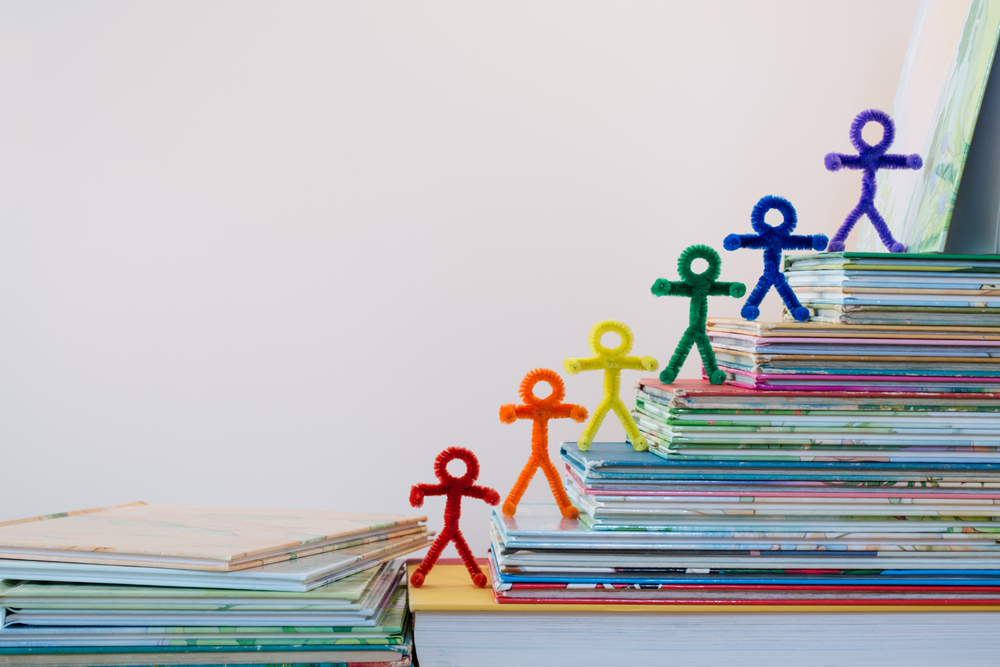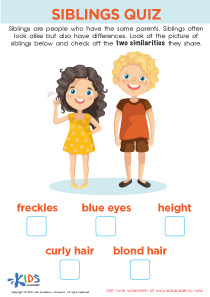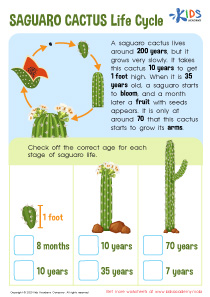Understanding forces Normal Science Worksheets for Ages 3-8
6 filtered results
-
From - To
Explore the fascinating world of forces with our "Understanding Forces" worksheets designed for children ages 3-8. These engaging, printable resources from Kids Academy nurture young minds through fun activities that introduce essential scientific concepts. Each worksheet incorporates user-friendly visuals and simple explanations to help children grasp key ideas like push, pull, gravity, and friction. Foster curiosity and encourage critical thinking, all while providing a platform for hands-on learning. Whether at home or in the classroom, these worksheets support early science education, ensuring that children develop a strong foundation in understanding the forces that shape their world. Unlock the wonders of science today!
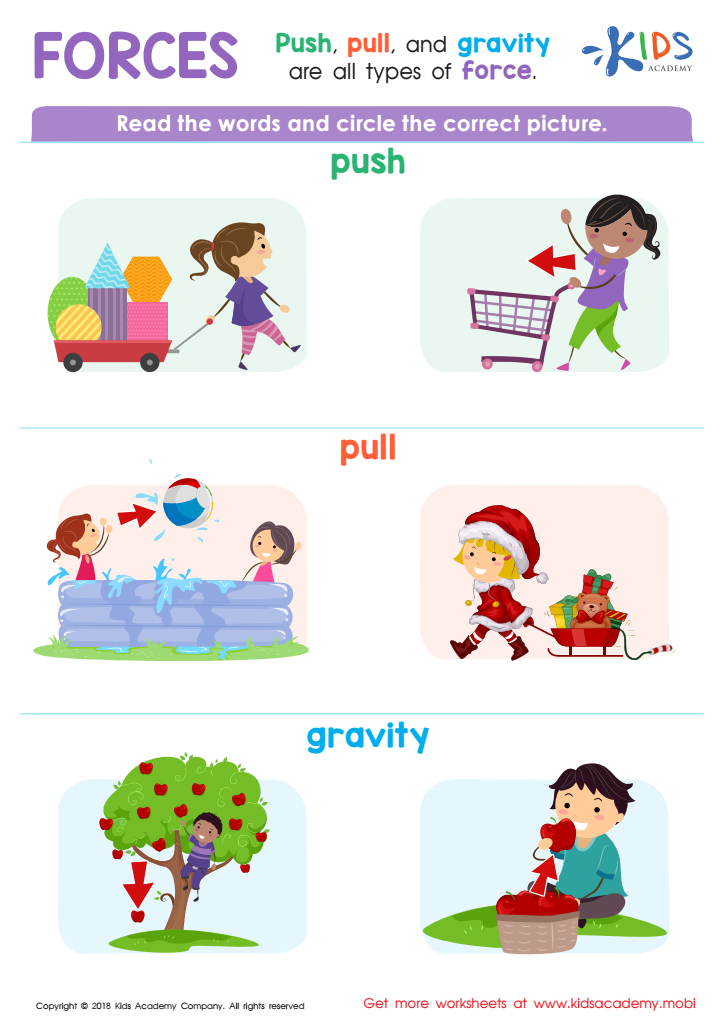

Forces Worksheet
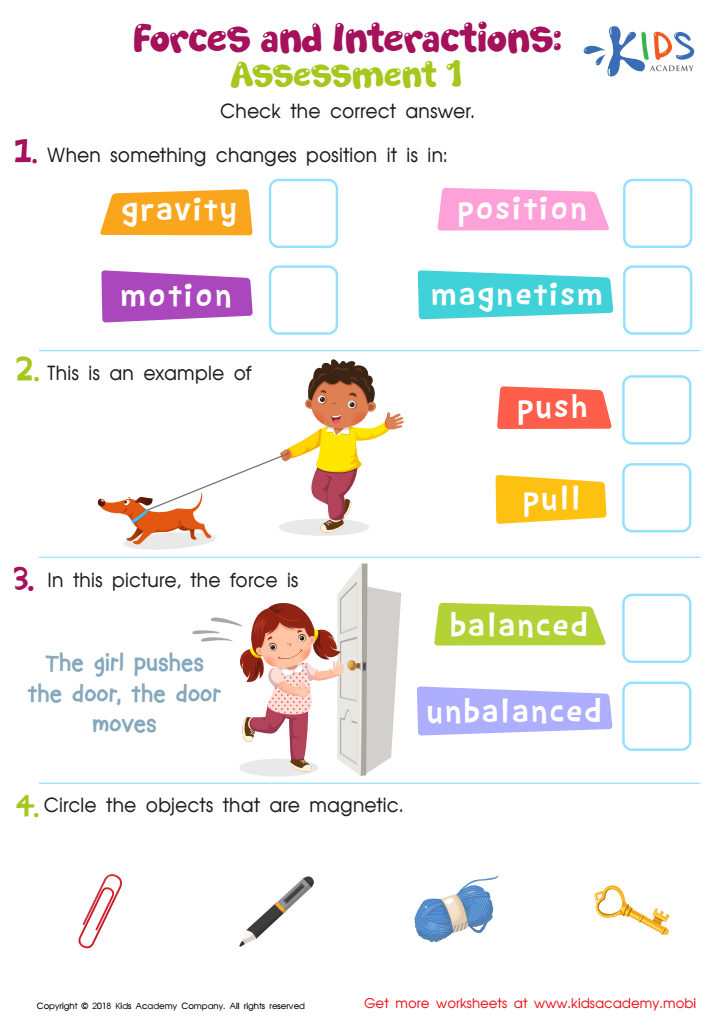

Forces and Interactions Printable
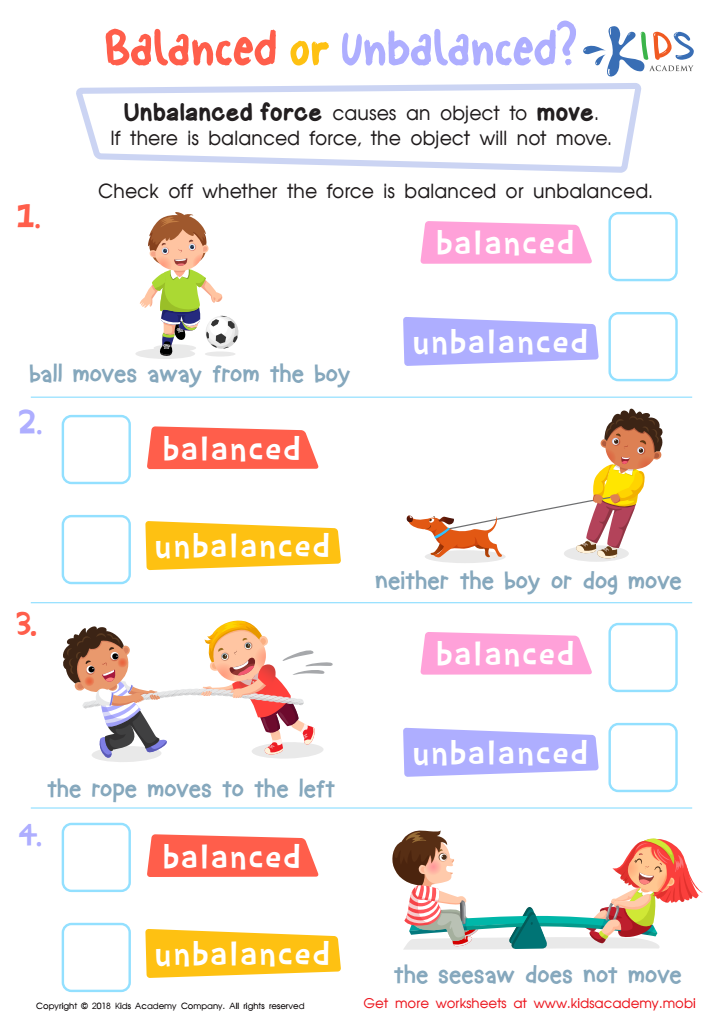

Balanced or Unbalanced Science Worksheet
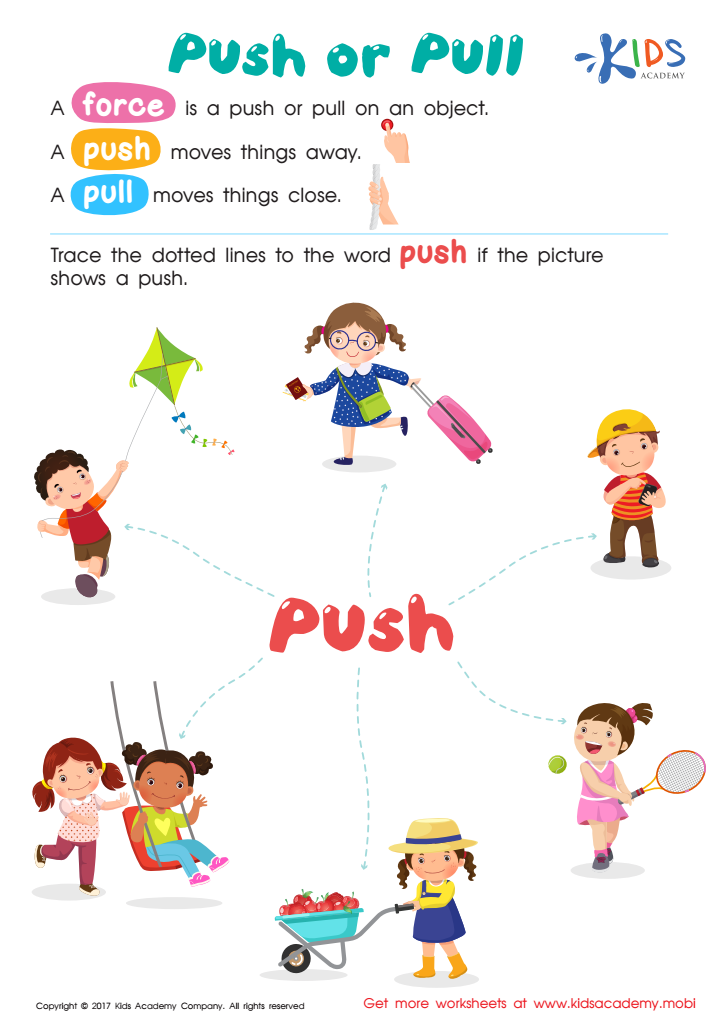

Push or Pull Worksheet
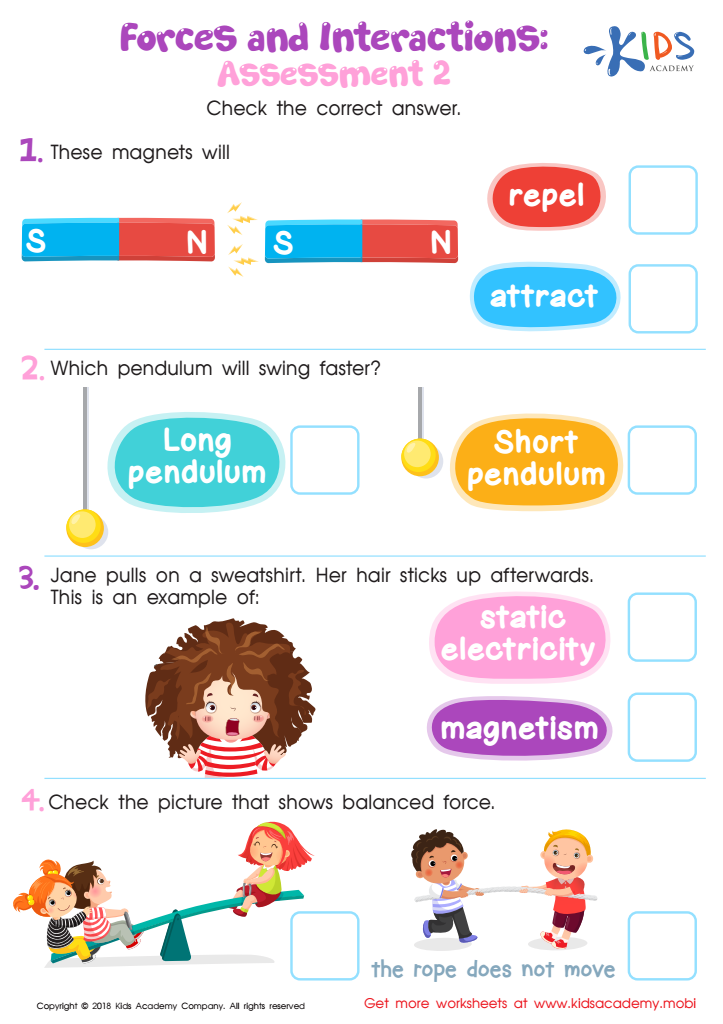

Forces and Interactions Worksheet For 3rd Grade
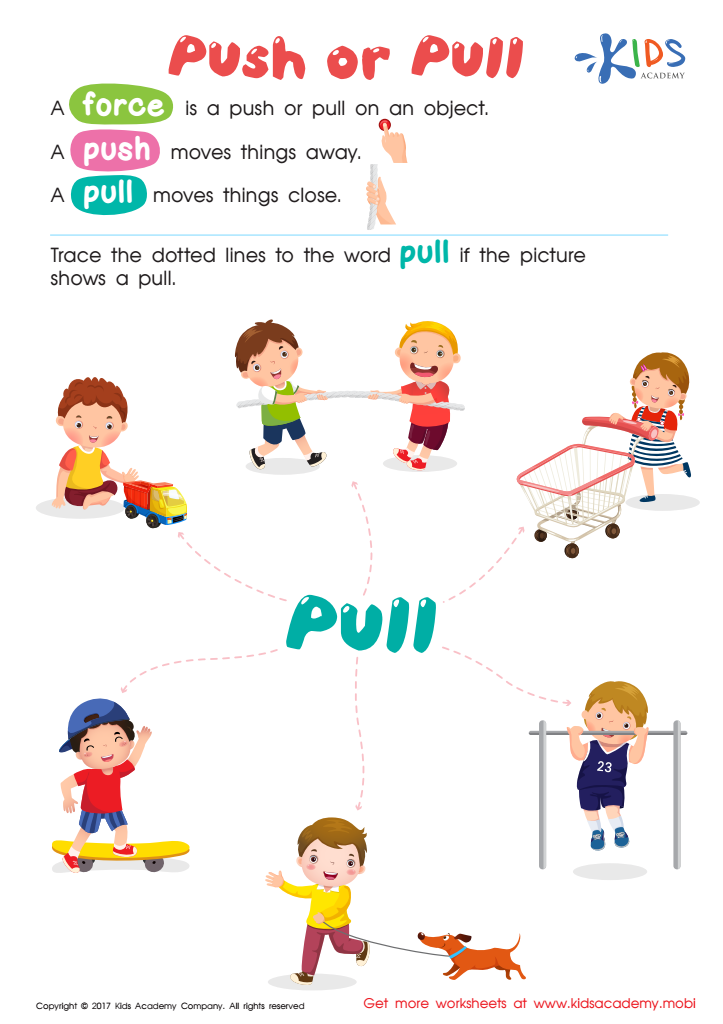

Pull or Push Worksheet
Understanding forces is crucial for children aged 3-8, as it lays the foundation for their scientific literacy and critical thinking skills. In these formative years, children are naturally curious about the world around them, and introducing them to basic concepts of force allows them to explore and make sense of their environment.
Forces such as pushing and pulling directly relate to everyday activities—completing tasks like opening doors, playing with toys, and even interacting with friends. By observing and experimenting with forces, children develop essential problem-solving skills, learn to ask questions, and begin to understand cause and effect.
Additionally, incorporating forces into early education can spark an interest in STEM (science, technology, engineering, and mathematics) disciplines. Engaging children in hands-on activities not only reinforces their learning but also promotes collaboration and communication.
Moreover, families and classrooms that prioritize understanding forces create a learning atmosphere where inquiry is encouraged, fostering a lifelong love of science. Ultimately, teaching children about forces equips them with the fundamental skills they need to assess the world logically and effectively, setting a strong curriculum base for future academic pursuits.
 Assign to My Students
Assign to My Students





.jpg)
